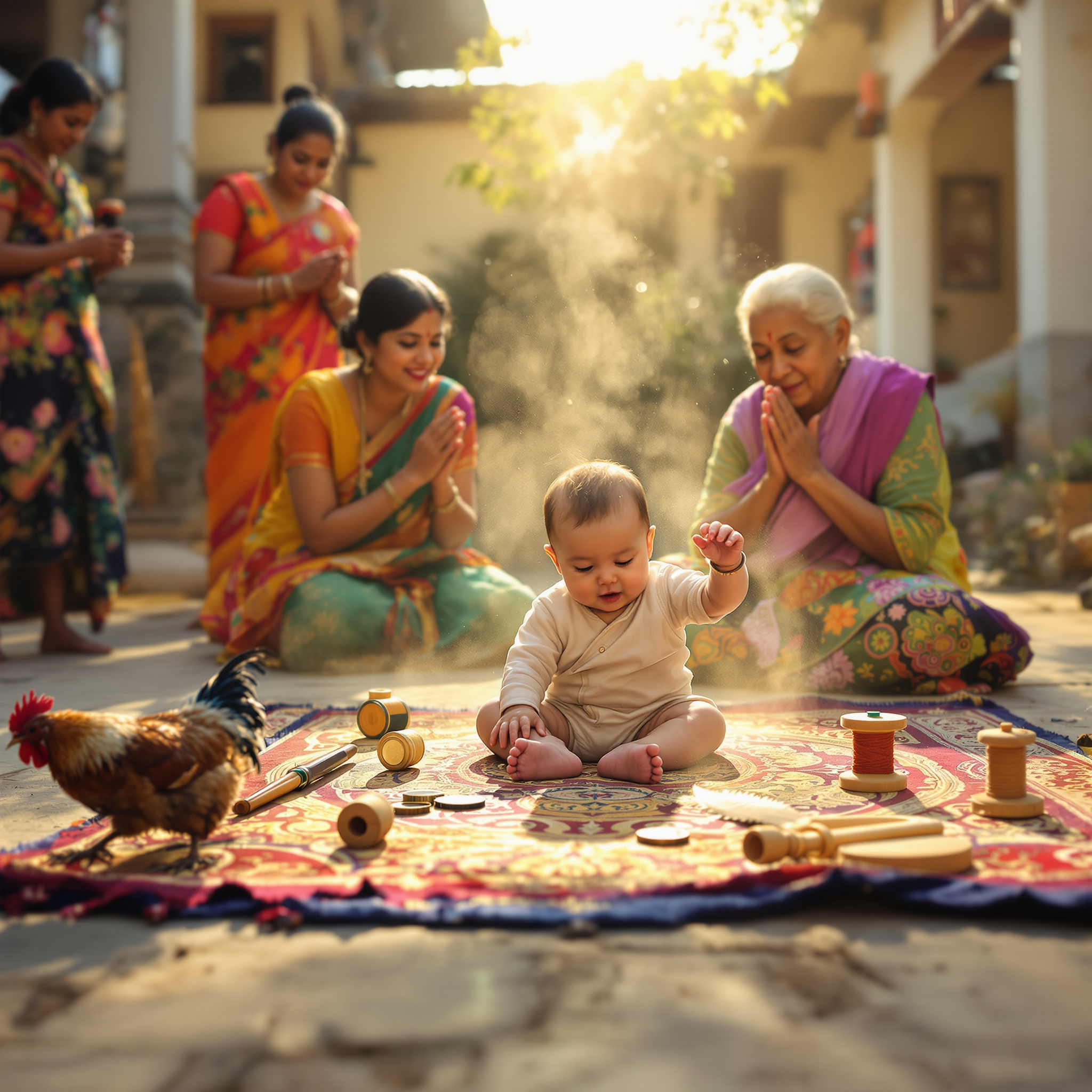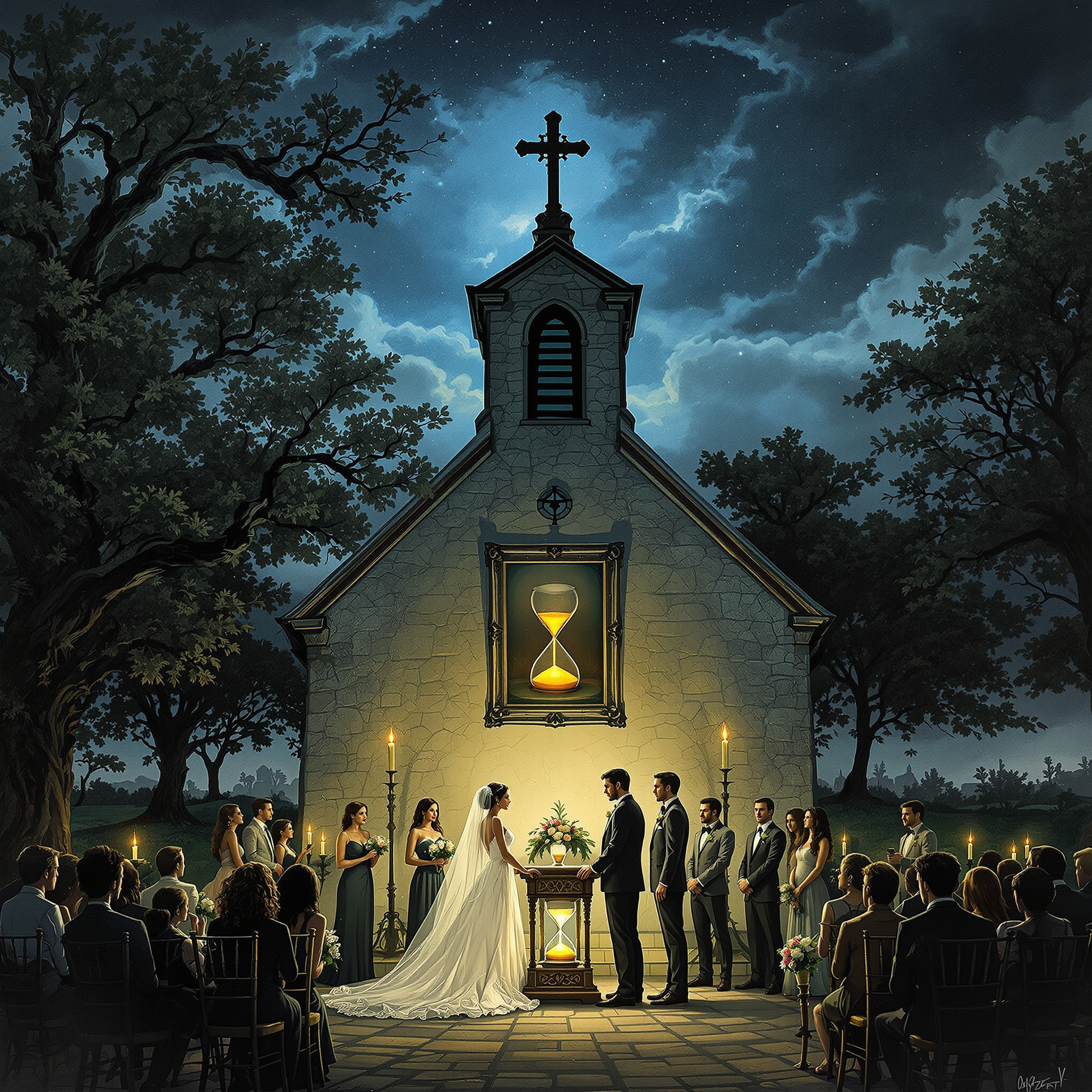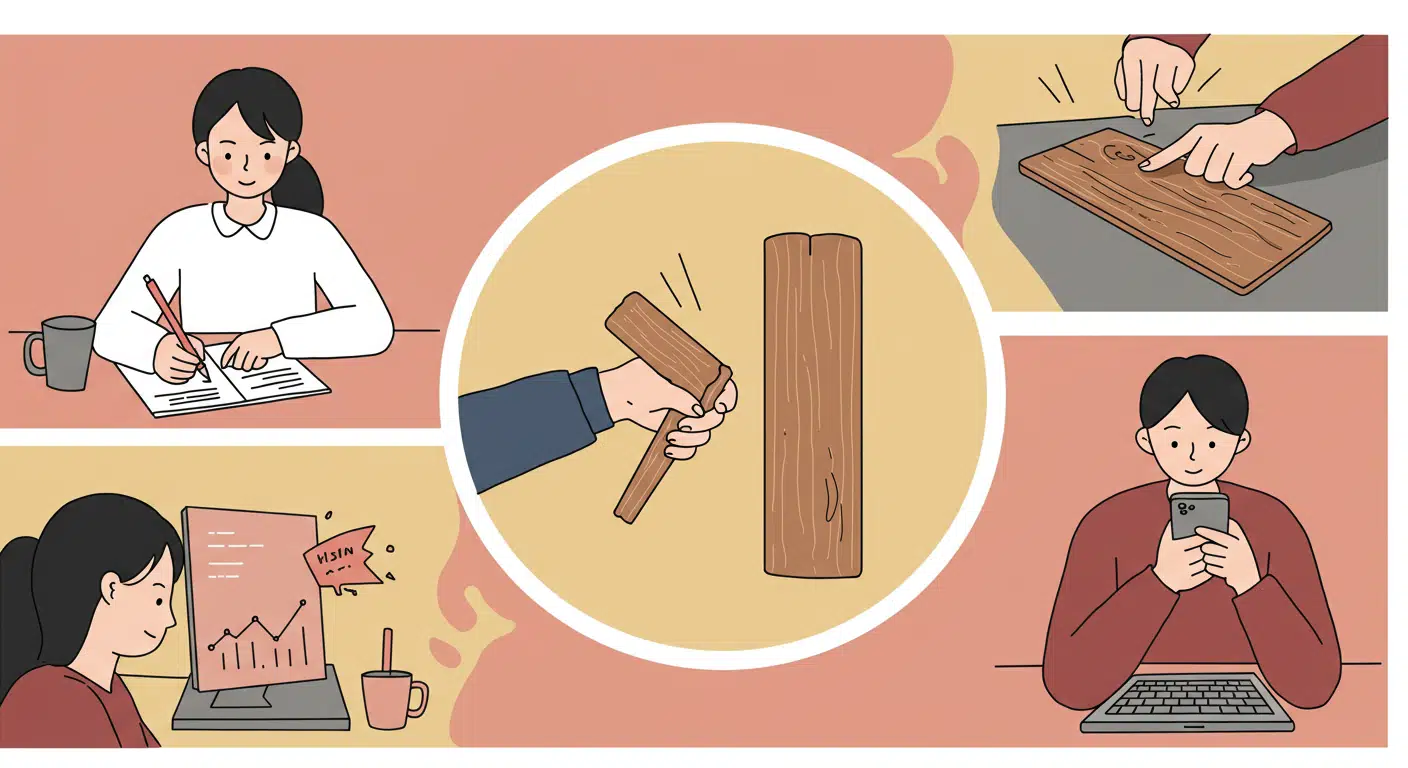This superstition holds that couples with an age difference of exactly 3 or 6 years—either older or younger—are destined for an unhappy marriage. According to the belief, these specific age gaps are associated with disharmony, imbalance, or even karmic misalignment, though the exact reasons vary by region. Often passed down orally within families or communities, this superstition may influence matchmaking decisions or the evaluation of long-term romantic compatibility. No ceremony or ritual is typically required; rather, it is observed as a precaution when considering a potential partner. Some versions of the belief extend to multiples of 3 (such as 9 or 12 years), though 3 and 6 are most commonly cited. The belief does not carry astrological or religious weight in every culture but can still affect attitudes and decisions, particularly in conservative or traditional societies.

A baby’s future career or fate is predicted by the first object they select during a ceremonial setup.
In several Asian and Eastern European cultures, a traditional ceremony is held for babies usually around their first birthday. Known


